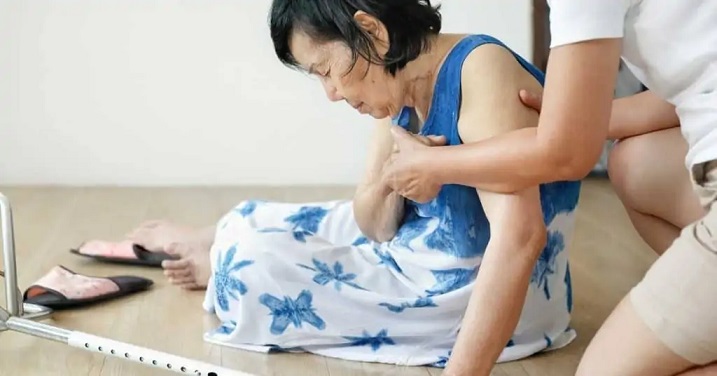Fa
Balance and Strength
Exercises to Prevent Falls in the Elderly
Introduction: Falls among the elderly can lead to serious injuries, significantly impacting their independence and quality of life. However, many falls can be prevented through targeted exercises that enhance balance and strengthen muscles. This blog post outlines essential exercises that are particularly effective in reducing the risk of falls, helping seniors maintain their mobility and confidence.
Understanding the Importance of Fall Prevention: Statistics show that falls are a leading cause of injury among the elderly, with a significant percentage of seniors experiencing falls annually. The consequences can range from minor bruises to more severe injuries like fractures or head traumas, often leading to a fear of falling that can be just as debilitating as physical injuries themselves. Implementing a routine of exercises designed for fall prevention can make a crucial difference in the lives of the elderly.
Core Exercises for Stability:
- Chair Squats: Strengthen your thighs and buttocks with chair squats, which enhance overall stability. Stand in front of a chair with your feet shoulder-width apart, slowly lower yourself until you’re almost sitting, then stand back up. Aim for 10 repetitions, ensuring you maintain good form.
- Leg Lifts: Improve the strength of your hip flexors and thighs, which are vital for walking and balance. Holding onto the back of a sturdy chair for support, slowly lift one leg straight back without bending your knees. Hold for a moment, then lower it. Repeat 10 times with each leg.
Balance-Enhancing Exercises:
- Heel-to-Toe Walk: This exercise improves your balance and coordination, mimicking the natural motion of walking. Place the heel of one foot directly in front of the toes of the opposite foot each time you take a step. Walk 20 steps in a heel-to-toe manner.
- Single-Leg Stance: Holding onto a chair for support, stand on one leg at a time for up to 30 seconds, then switch. This exercise strengthens your leg muscles and improves balance.
Flexibility Exercises:
- Toe Points and Lifts: Sitting in a chair, extend your legs and point your toes away from you, then pull them back towards you. This simple movement helps maintain the flexibility in your feet and lower legs, contributing to better balance.
- Shoulder and Neck Stretch: Keeping your shoulders and neck flexible can also aid in maintaining balance. Perform gentle neck rolls and shoulder shrugs to keep these areas limber.
Safety Tips for Exercises: - Always check with a healthcare provider before starting any new exercise routine, especially if you have existing health conditions.
- Use a sturdy chair or have someone nearby for support when performing standing exercises.
- Wear comfortable, non-slip shoes to ensure proper footing during exercises.
Conclusion:
Incorporating these exercises into a daily routine can significantly reduce the risk of falls by improving balance, strength, and flexibility. Not only do they contribute to physical health, but they also enhance confidence in moving around, promoting a more active and independent lifestyle for the elderly.
Call to Action: For more personalized exercise plans or information on our home care services designed to promote safety and independence for the elderly, please contact us. Together, we can take proactive steps to prevent falls and support the well-being of our loved ones.
Home Modifications for Older Adults
As we age, our homes – once a source of comfort and independence – can become challenging environments filled with potential hazards. However, with thoughtful modifications, we can transform ..
The Importance of Exercise for the Elderly
The golden years should be a time of enjoyment and fulfillment, but maintaining health becomes a paramount concern. Exercise, often overlooked or underestimated for the elderly, is a cornerstone of physical…
The Emotional and Social Benefits of Home Care
The twilight years of one’s life should be a time of reflection, joy, and peace. Yet, for many elderly individuals, these years are marked by loneliness, isolation, and a struggle to find purpose. Home care…
A Guide for Families
The decision to transition to home care is often met with mixed emotions. While it symbolizes a commitment to maintaining the dignity and independence of our elderly loved ones, it also brings forth challenges and questions…
A Compassionate Approach
In the journey of aging, where comfort meets care, home care services emerge as a beacon of personalized support, enhancing the quality of life for the elderly. As our loved ones enter their golden years, the familiarity of home…
New Post
Gardening for Seniors
As we age, finding activities that are both enjoyable and beneficial to our health becomes increasingly important. Gardening stands out as a perfect blend of physical activity, mental stimulation,….
Home Sweet Home
When it comes to caring for our aging loved ones, choosing between home care and a nursing home is a significant decision. While nursing homes have their place in elder care, …









